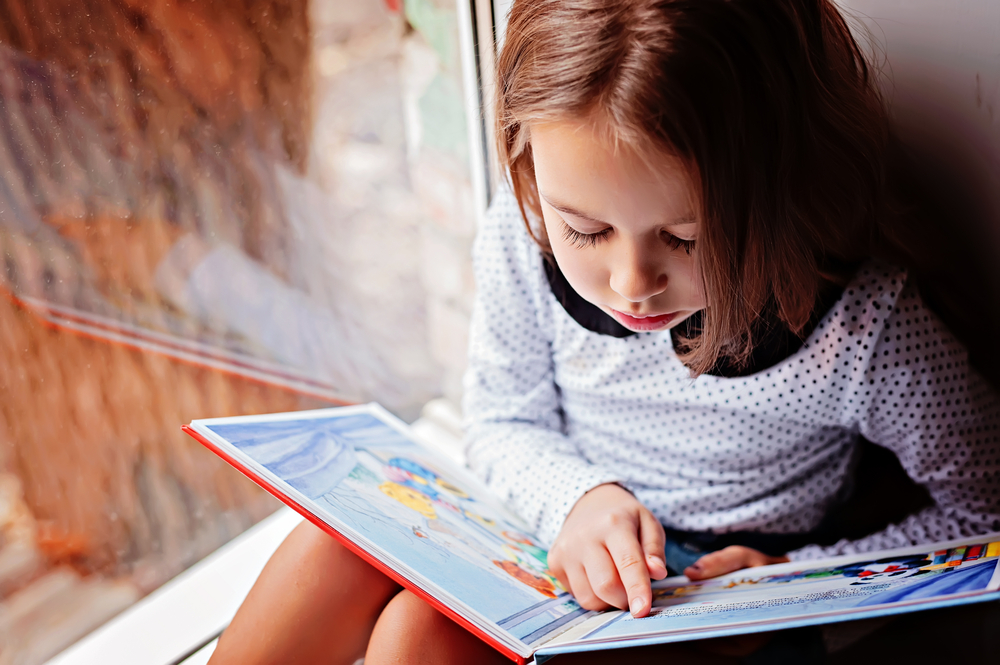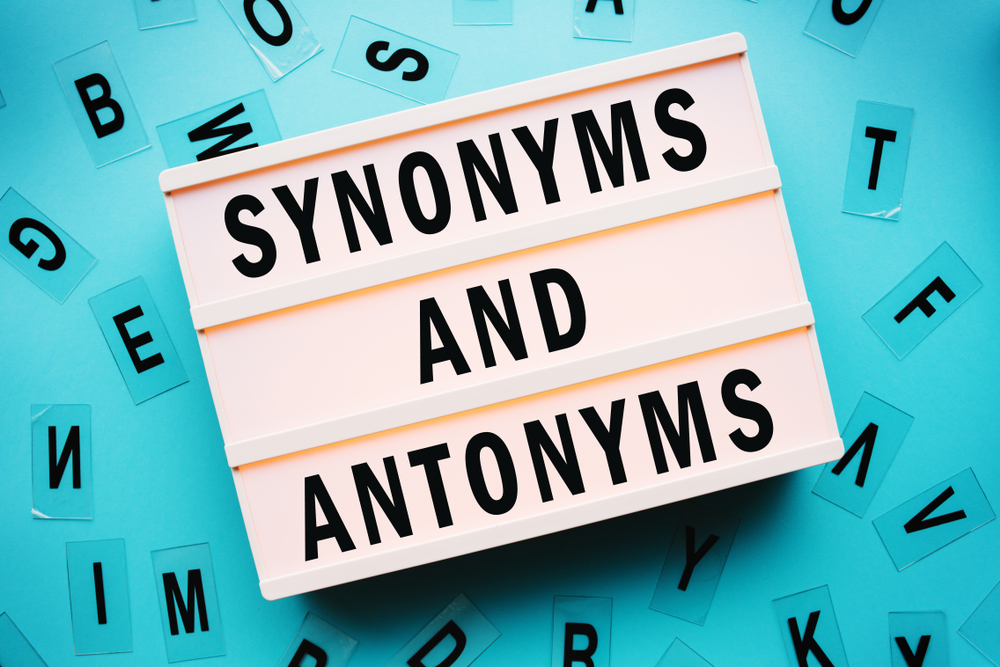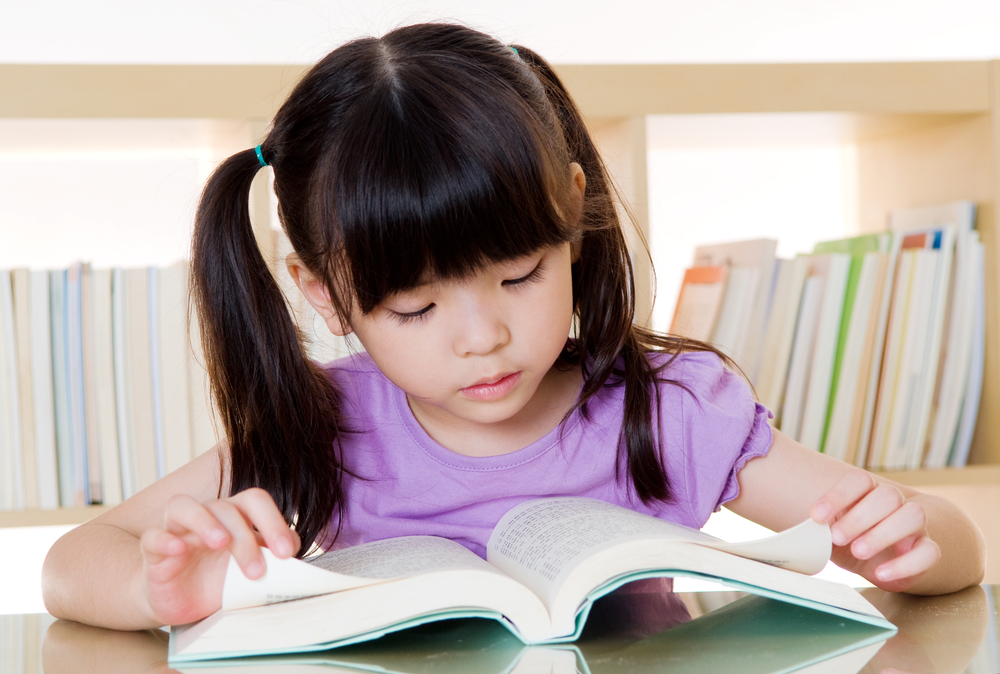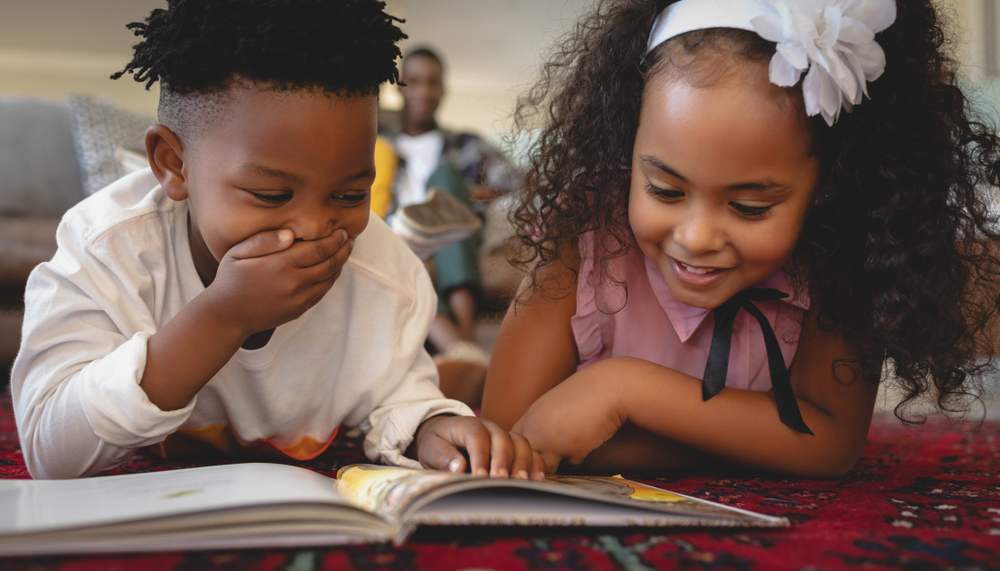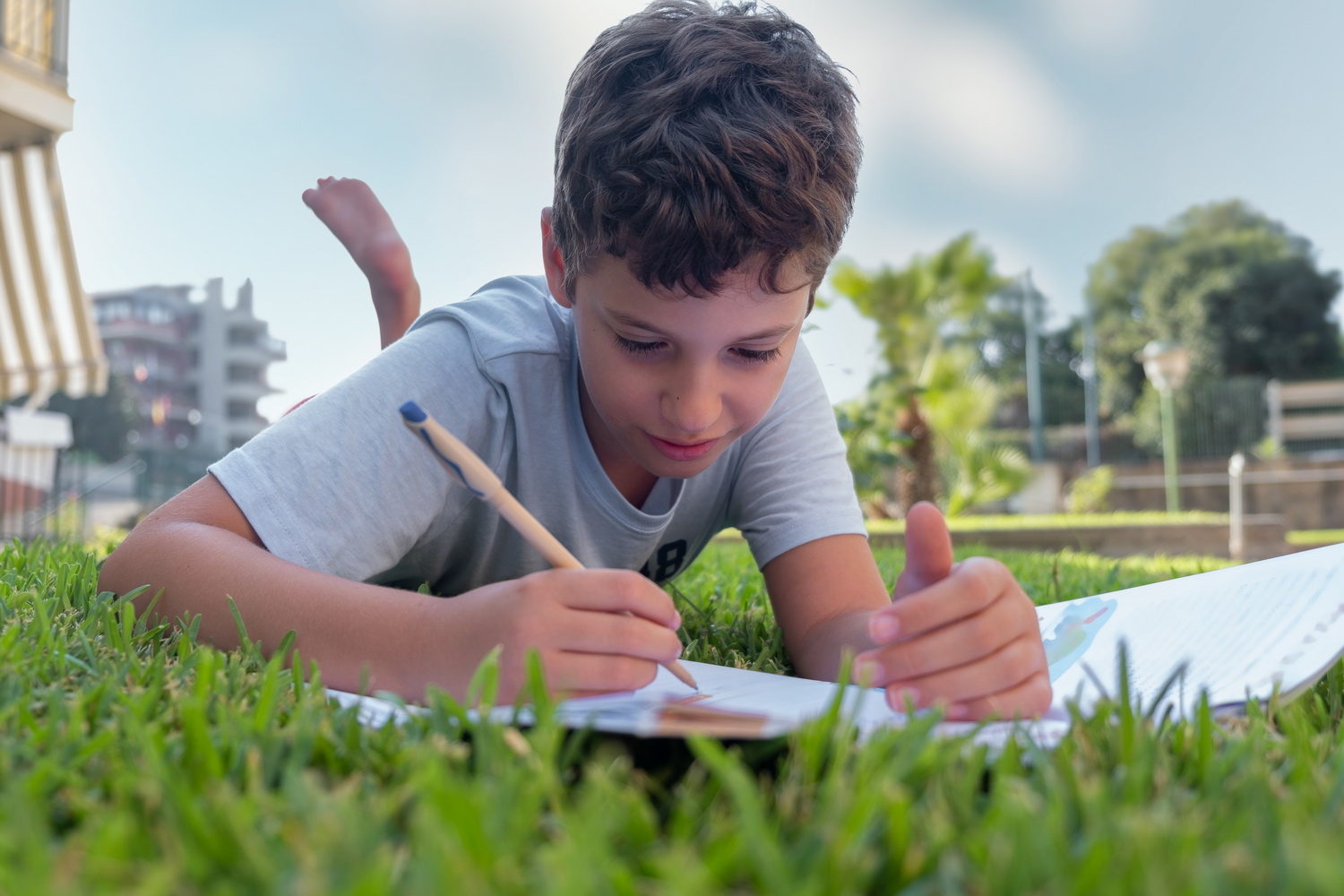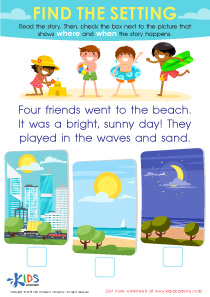Reading comprehension Easy Reading Fiction Worksheets for Ages 3-4
10 filtered results
-
From - To
Enhance your preschooler's reading skills with our engaging Easy Reading Fiction Worksheets, designed specifically for ages 3-4! These printable resources are perfect for introducing young learners to the basics of reading comprehension through fun, relatable stories and vibrant illustrations. Each worksheet encourages children to think critically about the narratives, fostering skills such as understanding plot, characters, and context. Ideal for parents and educators alike, these worksheets provide a playful way to develop essential literacy skills that lay a strong foundation for future learning. Start your child's reading adventure today and watch their confidence soar as they explore the delightful world of fiction!
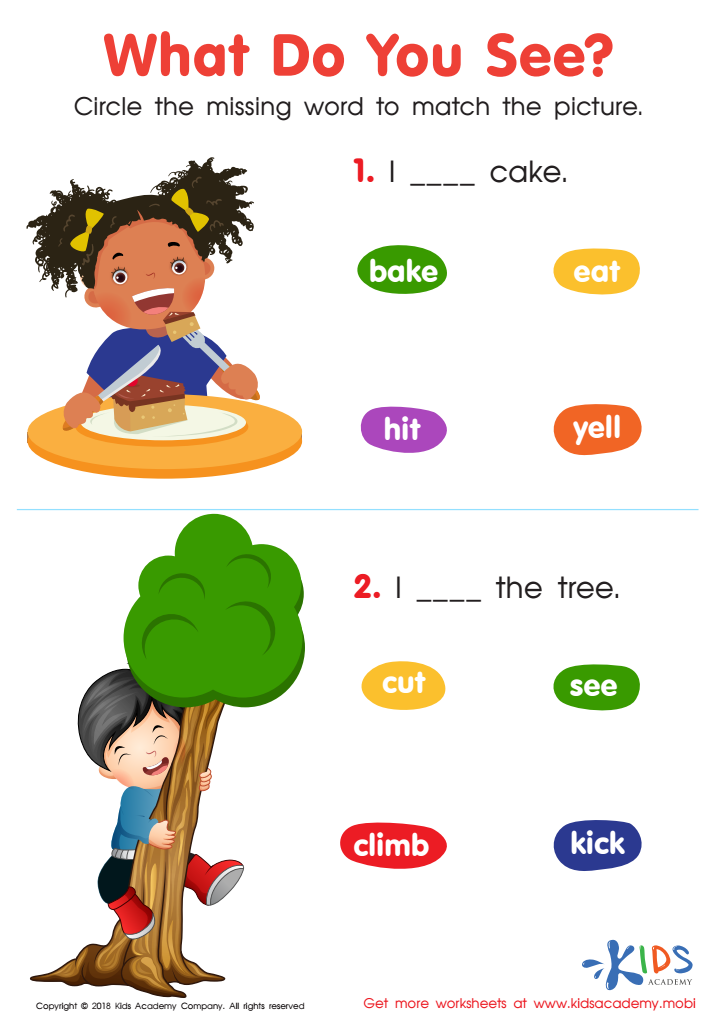

What Do You See? Reading Worksheet
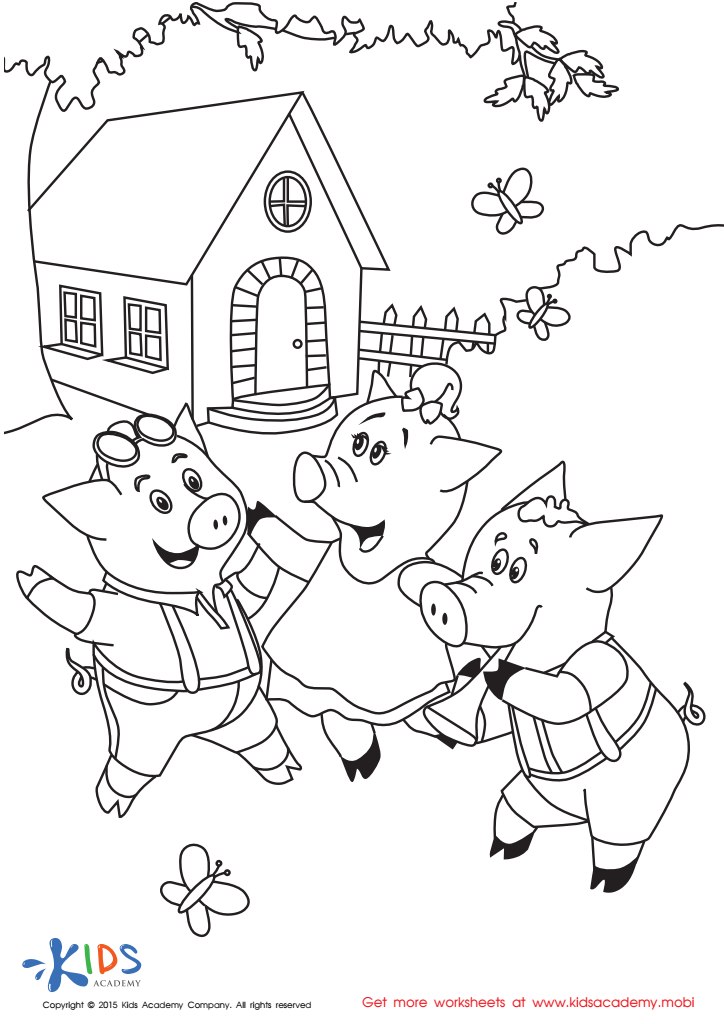

Folktales Printable PDF Worksheet: The 3 Little Pigs
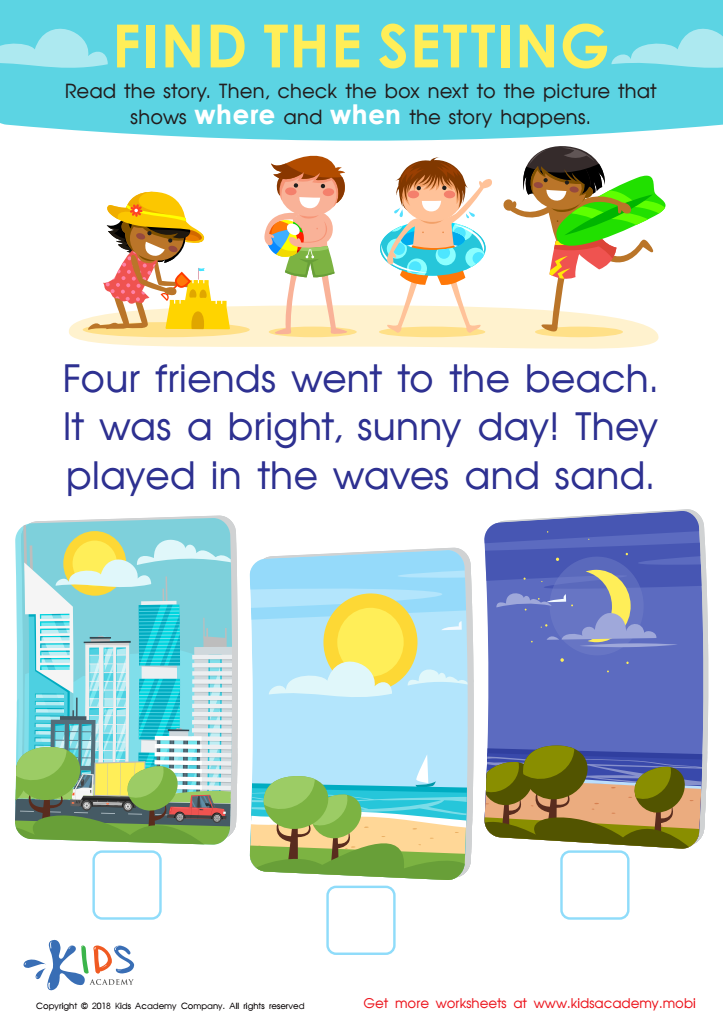

Find the Setting Worksheet
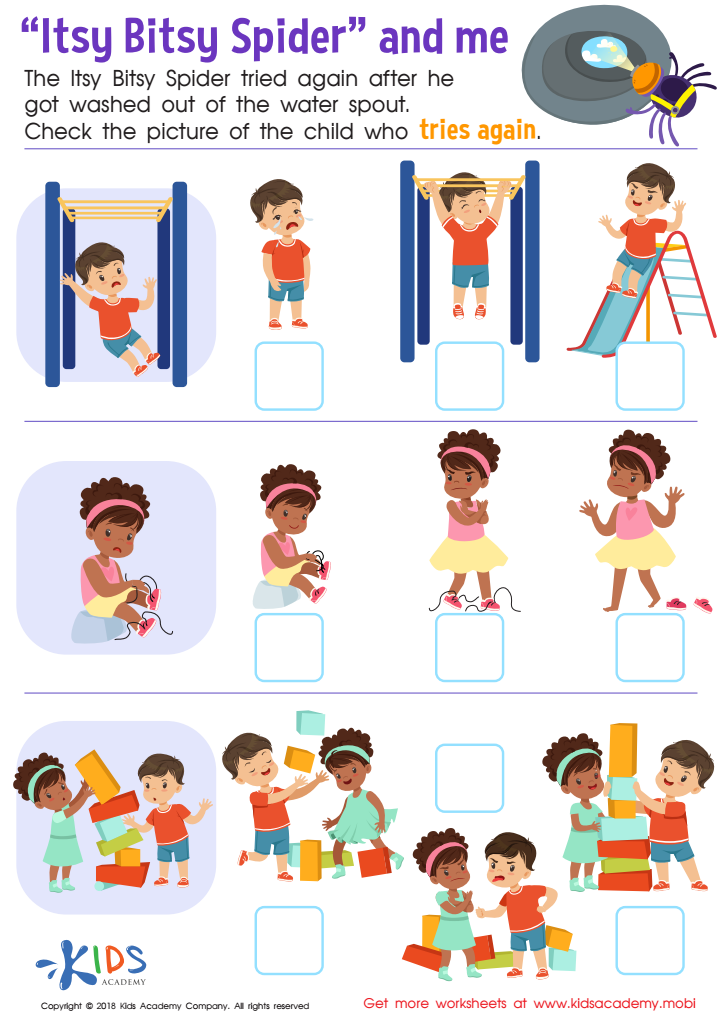

Itsy Bitsy Spider and Me Worksheet
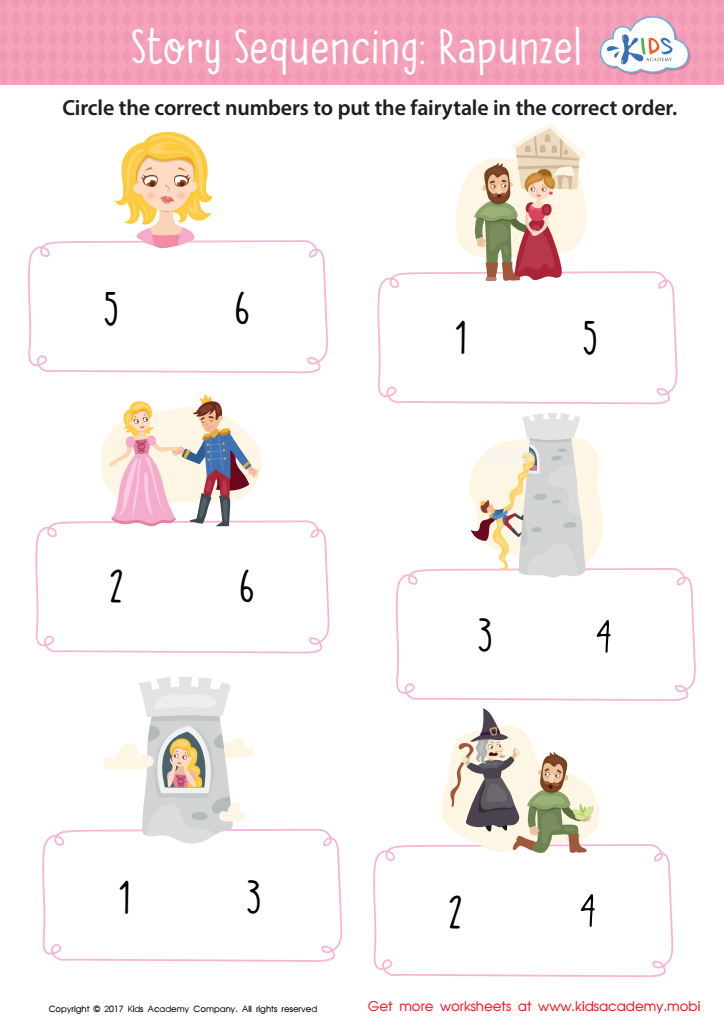

Rapunzel Story Sequencing Worksheet
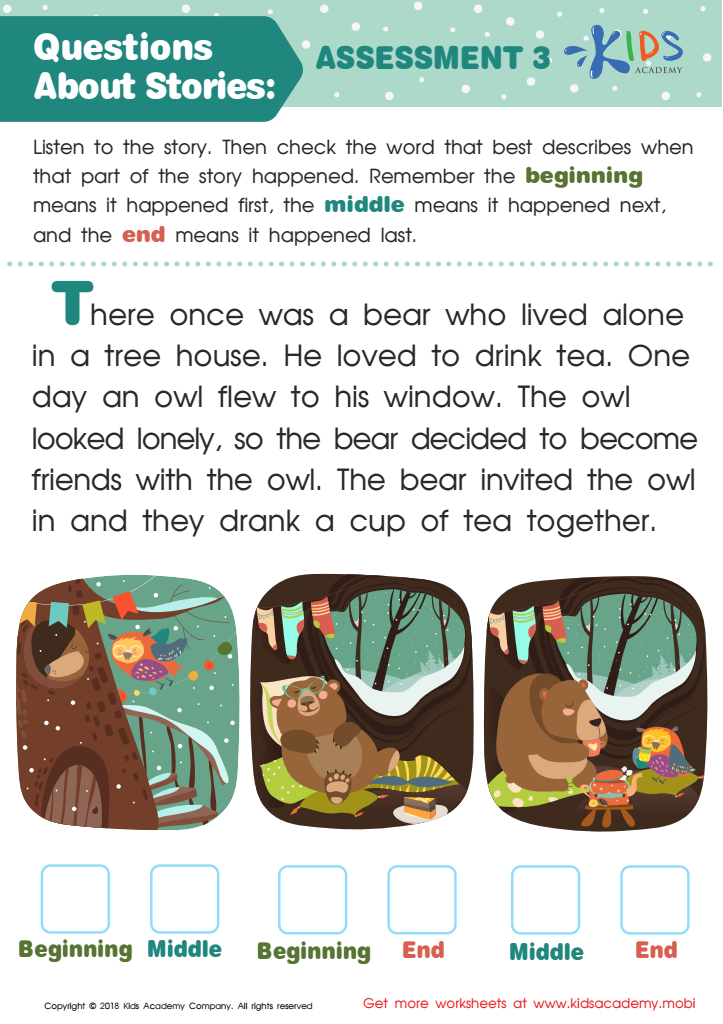

Questions About Stories: Assessment 3 Worksheet
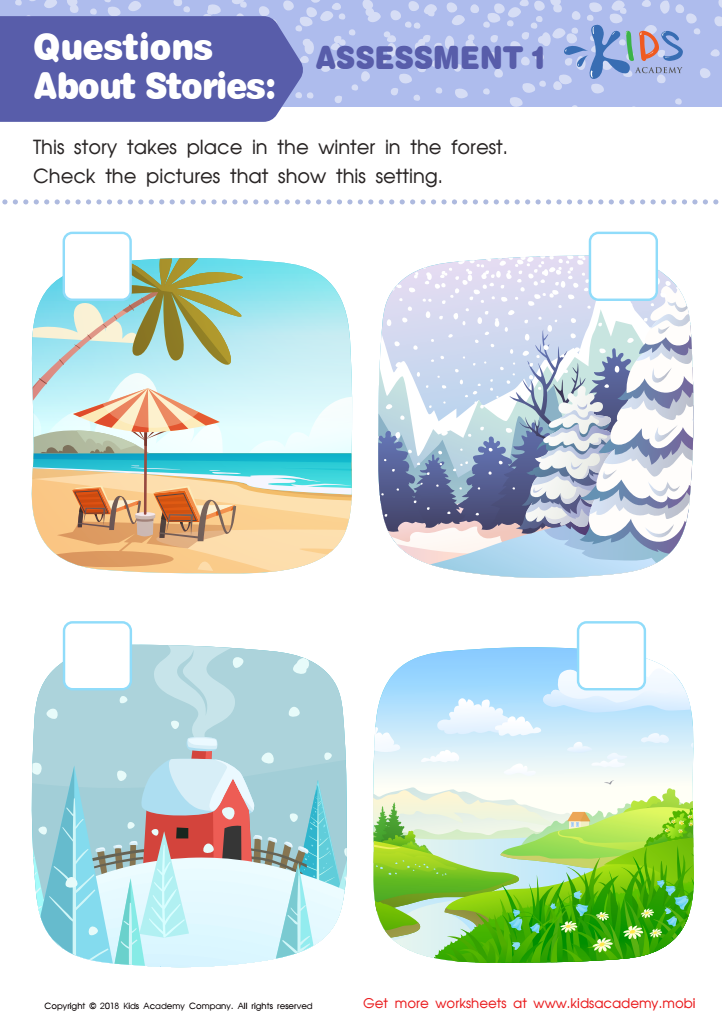

Questions About Stories: Assessment 1 Worksheet
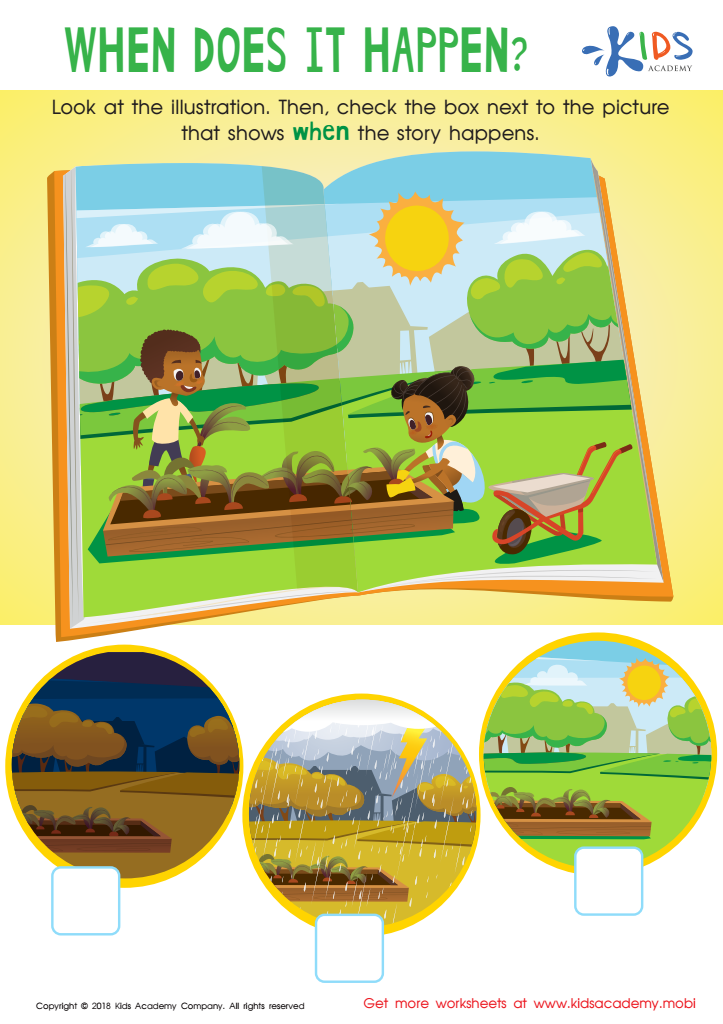

When Does It Happen? Worksheet
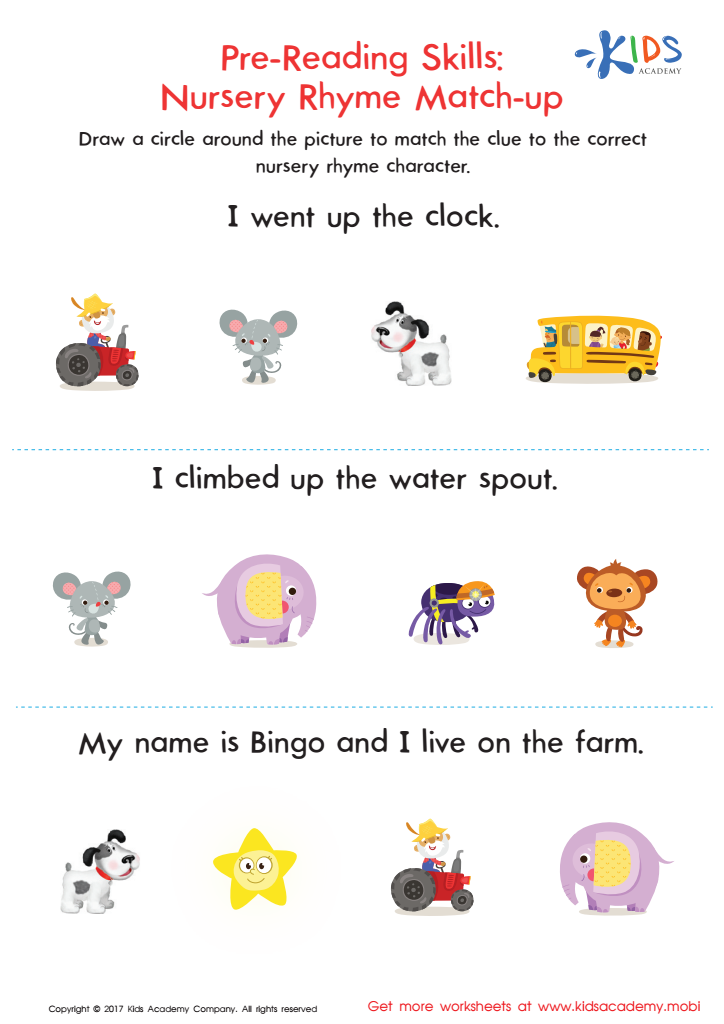

Nursery Rhyme Match–Up Worksheet
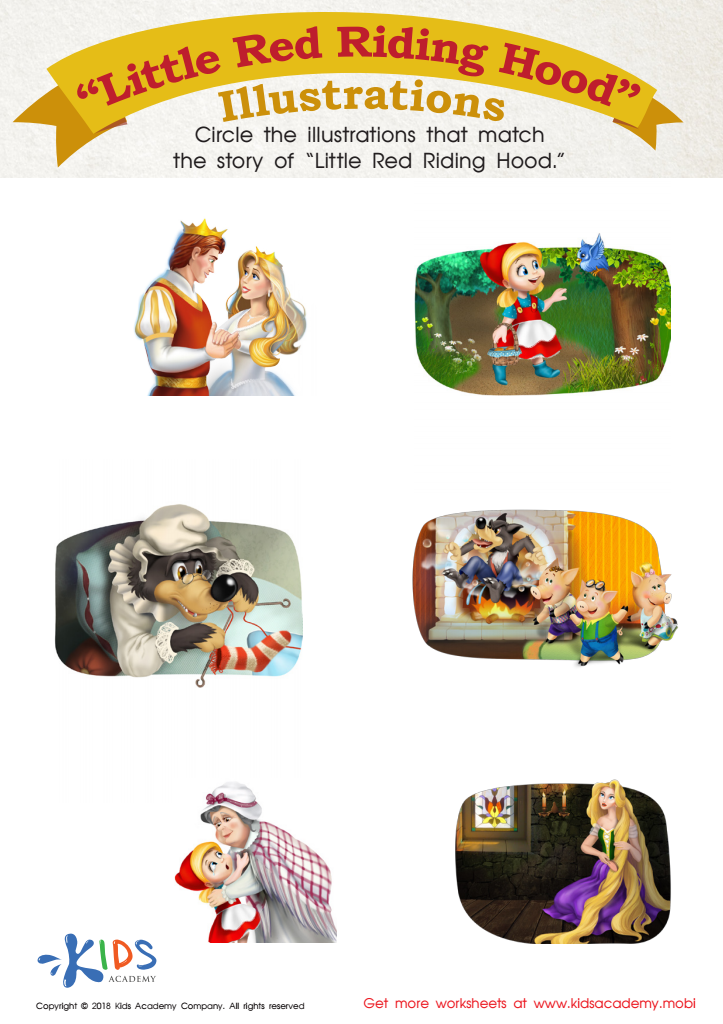

Little Red Riding Hood: Illustrations Worksheet
Reading comprehension is a crucial intellectual skill that begins in early childhood. For parents and teachers of children aged 3-4, focusing on easy reading fiction serves multiple important purposes. Firstly, engaging storylines capture the imagination of young learners, fostering a love for reading that promotes lifelong learning. These simple narratives often incorporate repetitive structures and familiar vocabulary, allowing children to easily connect their experiences to the text.
Moreover, reading fiction helps develop essential language skills. Early exposure to stories enhances vocabulary, comprehension, and syntax, bridging the gap between spoken and written language. As children listen to stories, they learn to follow narratives, predict outcomes, and understand character motivations, all of which strengthen critical thinking.
Additionally, fiction often introduces children to diverse characters and situations, promoting social-emotional learning. Kids develop empathy and understanding by relating to different lives and emotions portrayed in stories, which contributes to their emotional development.
Encouraging reading comprehension through easy fiction at this age also sets the foundation for more complex literacy skills in the future, laying the groundwork for academic success. Overall, focusing on storytelling in early childhood not only nurtures a love for reading but also equips children with the cognitive and social skills necessary for positive growth and development.
 Assign to My Students
Assign to My Students





